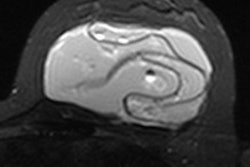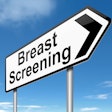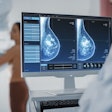Dear AuntMinnie Member,
Do patients presenting with a headache really need to be scanned with medical imaging? A new study suggests they don't, and potentially billions of dollars are being wasted for this application.
The study, published in JAMA Internal Medicine, suggests that while 12% of headache and migraine patients get scanned, only 1% to 3% of chronic headache patients actually have significant abnormalities.
The usual suspects are behind the overutilization: defensive medicine and patient demand, according to the authors. Learn more by clicking here.
MedPAC sees imaging use drop
Meanwhile, the latest report by the Medicare Payment Advisory Commission (MedPAC) found that imaging utilization declined 3.2% from 2011 to 2012 -- another indication that imaging's growth has reversed in recent years.
A big part of the change was a shift in billing for cardiovascular imaging scans from physician offices to hospital outpatient departments, perhaps a sign that cardiologists are giving up their love affair with imaging in the face of sharp cuts in reimbursement outside the hospital setting.
But MedPAC analysts didn't seem terribly impressed with the drop; instead, they pointed out that overall imaging volume grew 85% from 2000 to 2009. Read more by clicking here, or visit our Imaging Leaders Digital Community at leaders.auntminnie.com.
Report from NCBC
Finally, the National Consortium of Breast Centers (NCBC) is holding its annual meeting in Las Vegas this week, and we're featuring coverage in our Women's Imaging Digital Community.
In a presentation on Monday, breast imaging expert Jerry Kolb discussed the importance of including radiologic technologists in efforts to educate women about breast density and cancer risk.
Radiologists and breast specialists are quickly learning about the relationship between density and cancer, and how high levels of density can confound x-ray-based mammography. However, many women are still in the dark.
That's where technologists can help, he believes. They have the most interaction with patients and, thus, are in a perfect position to educate women about density.
Find out how to put a process into place by clicking here, or visit our Women's Imaging Digital Community at women.auntminnie.com.



















